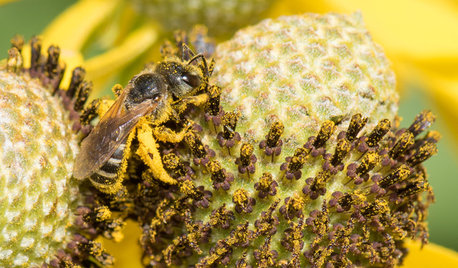Taming and maintaining wild blueberries
paulns
18 years ago
Featured Answer
Sort by:Oldest
Comments (20)
larry_gene
18 years agolast modified: 9 years agoalthea_gw
18 years agolast modified: 9 years agoRelated Professionals
Windham Landscape Architects & Landscape Designers · Hershey Landscape Architects & Landscape Designers · Peabody Landscape Contractors · Cordele Landscape Contractors · Severna Park Landscape Contractors · Wilsonville Landscape Contractors · Irvington Landscape Contractors · Homestead Carpenters · North Lauderdale Carpenters · Pickerington Carpenters · Bethany Siding & Exteriors · Bozeman Siding & Exteriors · Glen Burnie Siding & Exteriors · Levittown Siding & Exteriors · Brookfield Siding & Exteriorsksrogers
18 years agolast modified: 9 years agoalthea_gw
18 years agolast modified: 9 years agogardenpaws_VA
18 years agolast modified: 9 years agoksrogers
18 years agolast modified: 9 years agopaulns
18 years agolast modified: 9 years agogardenpaws_VA
18 years agolast modified: 9 years agoksrogers
18 years agolast modified: 9 years agotkeenan1
18 years agolast modified: 9 years agogardenpaws_VA
18 years agolast modified: 9 years agolpinkmountain
18 years agolast modified: 9 years agopaulns
18 years agolast modified: 9 years agospirit
18 years agolast modified: 9 years agotimwild
16 years agolast modified: 9 years agotimwild
16 years agolast modified: 9 years agontt3923
15 years agolast modified: 9 years agolynnwild4blueberries
14 years agolast modified: 9 years agojake579
10 years agolast modified: 9 years ago
Related Stories

LIVING ROOMSNew This Week: 3 Living Rooms Mix Wild Patterns While Keeping Calm
Go neutral for the main furniture pieces and crazy with curtains and pillows for a comfortable space with just enough energetic character
Full Story
GARDENING GUIDESInvite Cellophane Bees to Your Garden by Providing Patches of Bare Soil
Look for cellophane bees (Colletes) pollinating flowering trees and shrubs in U.S. gardens this spring
Full Story
GARDENING GUIDESInvite Mining Bees to Your Garden by Planting Their Favorite Plants
Look for mining bees (Andrena) pollinating woodland wildflowers in U.S. gardens this spring
Full Story
GARDENING GUIDESWelcome Sweat Bees to Your Garden Throughout the Growing Season
Look before you swat! These friendly sweat bees will feed on your sweat on a hot summer day, but their main buffet is flowers
Full Story
GARDENING FOR BUTTERFLIESGardening for the Bees, and Why It’s a Good Thing
When you discover how hard bees work for our food supply, you may never garden without them in mind again
Full Story
SAVING WATERHouzz Call: Are You Letting Go of Your Lawn?
Many facing a drought are swapping turf for less thirsty plantings. If you’re one of them, we’d like to hear about it
Full Story
GARDENING GUIDESWe Bust 4 More Native Plant Myths
Have you been taken in by these fallacies about gardening with native plants?
Full Story
FRONT YARD IDEAS10 Ideas for a Front-Yard Edible Garden Your Neighbors Will Love
Choosing attractive, well-mannered plants and sharing the bounty will go a long way toward keeping the peace
Full Story
LANDSCAPE DESIGNGet Along With Less Lawn — Ideas to Save Water and Effort
Ditch the mower and lower your water bill while creating a feast for the eyes with diverse plantings and gathering places
Full Story
GARDENING GUIDESNew Ways to Think About All That Mulch in the Garden
Before you go making a mountain out of a mulch hill, learn the facts about what your plants and soil really want
Full StorySponsored






paulnsOriginal Author